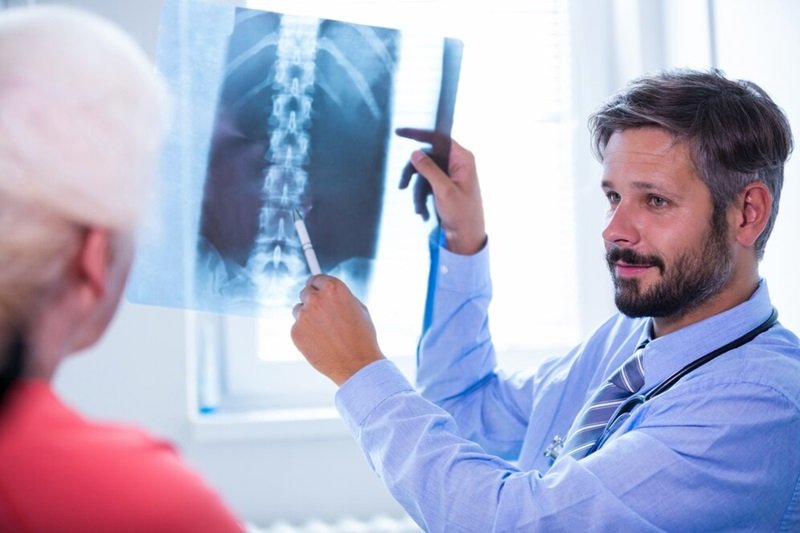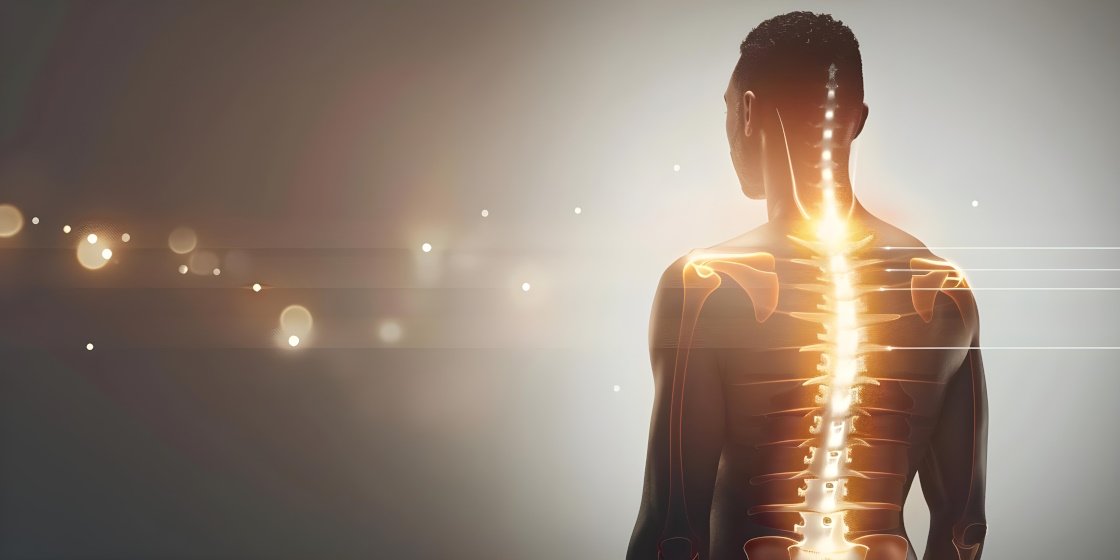Back pain is one of the most uncomfortable symptoms most people experience, although it typically lasts for a limited time. The human body experiences strain when carrying heavy objects, resting improperly or spending excessive time with a hunched posture.
Rest and light care typically resolve the issue. However, when back pain persists while also causing other symptoms and additional concerning medical indicators, the situation requires attention. This disc prolapse might require immediate attention because it demands proper management strategies and recovery procedures.
What is a Spinal Disc?
A spinal disc acts like a cushion between the vertebrae, the bones that make up your spine. It has a tough outer layer (annulus fibrosus) and a soft, gel-like centre (nucleus pulposus). A disc prolapse, also known as a herniated or slipped disc, occurs when the inner gel pushes through a tear or weakness in the outer layer. This can then press on nearby nerves, causing many symptoms, often intense pain.
The spinal discs function as padding materials between vertebrae to make up the spinal structure. The annulus fibrosus creates a tough outer layer of the disc, which contains the soft gel-like nucleus pulposus in its center. Disc prolapse occurs when inner gel material from the disc pushes through a tear or weakness in the outer layer of the disc. The pressure from this disc bulge affects neighboring nerves, leading to diverse symptoms known for their severe intensity.
Recognizing the Symptoms:
The extent of disc prolapse symptoms depends on where the herniation occurs and its degree of severity. The main symptom of back pain often emerges at first, yet patients experience accompanying signs, which include:
- A disc prolapse produces distinctive radiating pain as its main symptom. Whenever the prolapse occurs in the lower back (lumbar spine) or from the neck (cervical spine) to the shoulder or arm, the pain generally extends from the buttock to the leg (sciatica).
- A pinched nerve produces two symptoms: numbness and tingling sensations in the affected limb.
- The symptoms include muscle weakness, which causes problems lifting your foot and toes and reduces your ability to grip objects firmly.
- The pain from the condition tends to worsen during specific actions, including coughing, sneezing, bending, and extended periods of sitting.
When to Worry: Red Flag Symptoms
While most disc prolapses improve with conservative treatment, specific symptoms warrant immediate medical attention. Red flag symptoms pointing towards a severe spinal condition necessitate immediate medical intervention.
- Severe and progressive weakness in your legs or arms: Nerve compression becomes a concern if you experience worsening and intense weakness in your legs or arms.
- Loss of bowel or bladder control: A patient should seek emergency medical attention when they develop cauda equina syndrome because the compression of the spinal cord base nerves causes loss of bowel and bladder control. Emergency medical assistance becomes necessary right away if you notice this symptom.
- Numbness in the saddle area: Numbness that affects the saddle area, extending from your thighs to your buttocks, represents a fundamental symptom of cauda equina syndrome.
- Fever accompanied by back pain: An infection can be detected through fever and back pain.
Conclusion
Recovery from disc prolapse pain becomes easier when patients recognize their symptoms and decide when they need medical assistance. Your ability to notice the warning signs and your involvement in your treatment will help you overcome pain so you can resume a completely active lifestyle. Remember, early intervention and adherence to medical advice are key to a positive outcome. You can also contact Dr. Bharat Shinde for consultation and spine treatments in Thane.
FAQs
Q1: Can I identify whether my back pain is from a muscle strain or a disc prolapse?
The pain pattern of muscle strains remains limited to a specific area. Still, disc prolapse presents symptoms such as pain that travels to the legs or arms, together with numbness, weakness or tingling sensations. See a doctor for a professional diagnosis when your pain levels are high and continue with symptoms.
Q2: What first steps should I take if I suspect a disc prolapse?
Some individuals find short-term pain relief by using products available at retail stores. Seek medical consultation with your doctor to receive a proper diagnosis of spine treatments in Thane and get instructions about follow-up steps, which may include diagnostic imaging.
Q3: Can a disc prolapse heal independently, or will I always need surgery?
Many disc prolapses respond positively to rest, physical therapy, and pain medication, and they may take weeks or months to heal.




